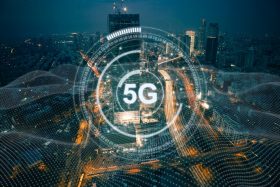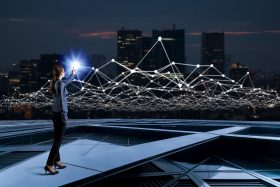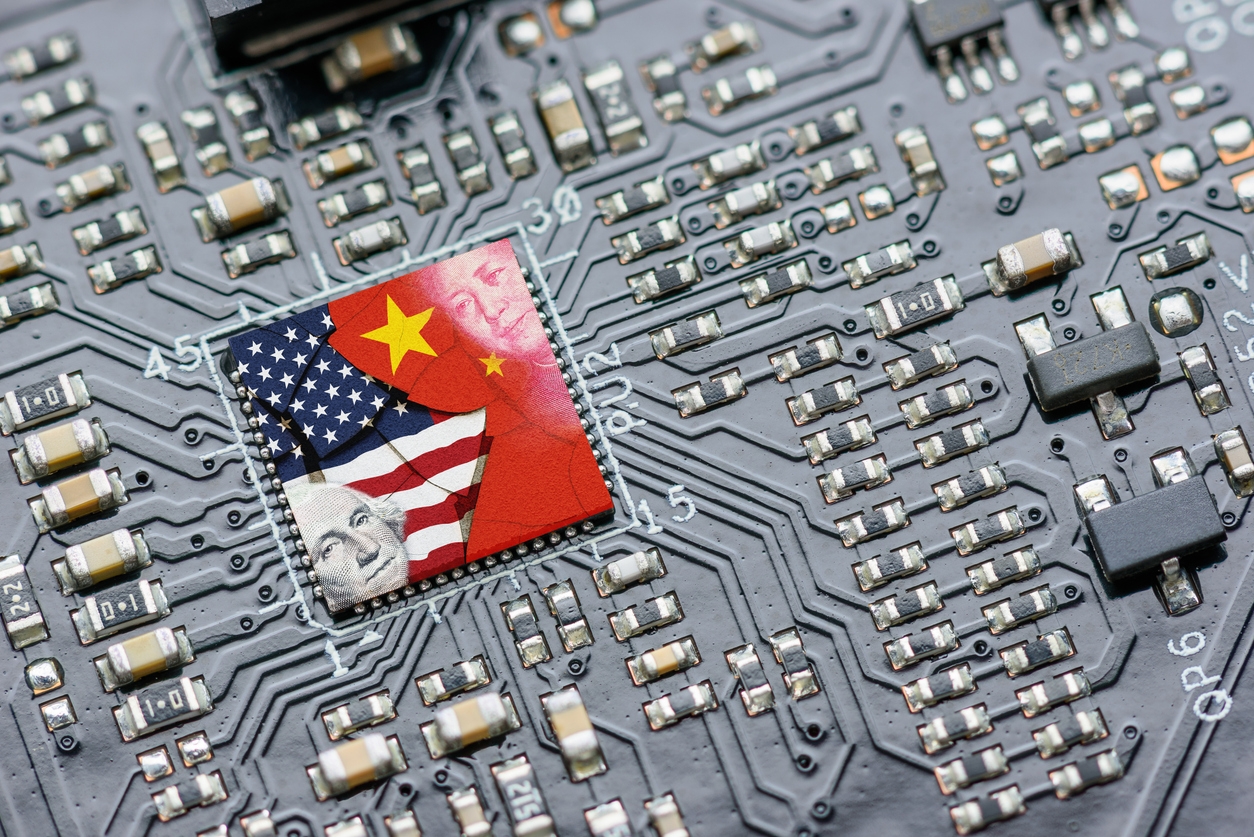Juniper Focuses on Automation Strategy

Information technology (IT) networking is undergoing a revolution that calls for automated solutions. But those solutions can only be reached with the help of artificial intelligence (AI) and a keen eye for priorities.
These were the conclusions reached by executives from Juniper Networks (JNPR) during a recent virtual Global Summit event hosted by that vendor.
“Networks of the next decade will not look like the networks of the last two decades,” said Juniper CEO Rami Rahim in his keynote. “As infrastructure has become infinitely more complex, the box simply isn’t enough. Winning the next decade of networking will require a new solution.”
Network Challenges Defined
Today’s hybrid and multi-cloud environments present challenges on a scale unheard of before, said panelists during a later discussion at the event.
“There’s never been more change in networking,” Andy Ory, a VP and general manager at Juniper, told panel moderator Maribel Lopez of Lopez Research. Ory was co-founder and CEO of 128 Technology, a software-defined wide-area networking (SD-WAN) supplier bought by Juniper for $450 million last year. “The movement to the cloud, the connection of wireless networks, mobility, the importance of security… the notion of digital transformation.”
But one panelist kept tugging the notion of digital transformation down to its network basics. “I like that metaphor [of digital transformation] in the sense that all digital transformation sits on the network,” said David Cheriton, chief data center scientist at Juniper. “[But] the metaphor falls down because the foundation can fall through the ground very quickly…. We’ve got a huge task just to get [the network] to the point that it’s a solid foundation.” Recall that Cheriton was the co-founder of Apstra, a pioneer of intent-based networking (IBN) and intent-based analytics (IBA) that was acquired by Juniper last December.
Other panelists agreed. “Networking should be boring, so the user doesn’t have to think about it,” said Kireeti Kompella, SVP architecture at Juniper and formerly CTO of Contrail Systems, acquired by Juniper in 2012. “Behind the scenes, a lot could be going on. We are far from that in networking.”
“If you look where we’re headed in the future, we’re connecting more things,” said Bob Friday, VP and AI chief scientist at Juniper who was the founder of Mist Systems, the wireless AI-based networking firm acquired for $405 million by Juniper in 2019. “When I look at networking right now.... [W]orkloads are now distributed across data centers everywhere…. It’s about how you manage these connections, not so much about managing the elements in the network.”
Automated Connectivity Is the Goal
Panelists agreed that while keeping things running smoothly is paramount, the size and complexity of today’s networks is quickly getting beyond human capacity to manage. The lack of skilled operators, the size and scope of emerging networks, and the persistence of human error are all working against uptime.
“The answer has to be automation,” Cheriton said. “There’s no other option on the table. And I think there’s significant progress being made in how we automate networks.”
Andy Ory thinks focusing only on performance shouldn’t be the goal. “Automation is only half the equation,” he said. In his view, unless it produces valuable information as well as adequate performance, automation just saves costs without driving profitable business outcomes.
Getting to the Self-Driving Network
A combination of AI and machine learning applied to diagnostic engines fed with real-time data could bring IT networking to the needed level, panelists agreed. But they stressed that these technologies must be applied effectively.
Cheriton again stressed that the first reachable goal is simply to automate the job of the network operator. “I think we can improve the experience of someone running the network, which right now is a pretty horrible one because you’re basically on call twenty-four-by-seven to solve inscrutable problems. It’s hard to stay married,” Cheriton said.
He thinks the next five years will see progress in automatically identifying root causes of faults. “But the remaining tall pole in the tent is going to be how long it takes to repair something.”
That brings the conversation back to AI. “If you can get to the point where the network can adjust to what is needed without that thing that’s needed being explicitly stated, I think you’ve really moved the networking industry far,” said Kompella. He offered the self-driving car as a potential metaphor for future networks. “[T]en years ago, fifteen years ago, the idea of a car that completely ran itself would have been nuts. I think that’s a tangible target that we could go after.”

















